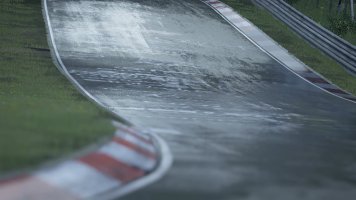Hey everyone,
I'm starting this thread because I can't achieve what I want, so I count on you to get some assistance...
Feel free to post your code too, so we can integrate them in tracks...
My code is just about checking if the car beats my actual record time (~36000 ms) on my LiL Lake track :
It's showing 0 ms & then disappear...
What's wrong in my logic ? Do I forgotten something ?
I have 1 triggerline just after the 1st spline & special.ini contains for the TL :
Also, the 0 appears on my middle + right screen only, the 0 is white & black colored on the 2nd screen..
Is it normal ?
=================
Surround Config
3 x 19" DVI
2 x ATI 4670 ~ 1.5 GB
I'm starting this thread because I can't achieve what I want, so I count on you to get some assistance...
Feel free to post your code too, so we can integrate them in tracks...
My code is just about checking if the car beats my actual record time (~36000 ms) on my LiL Lake track :
Code:
rcar $car
int $bestlaptime = 36000
int $currentlap
string $messageBad = "You didn't beat my record !"
string $messageGood = "Yeah, you did a new record time !"
func int getLapTime ()
{
$currentlap = get $car bestlap
return $currentlap
}
func void showCurrentLap ()
{
//trace value
send "info " + getLapTime () to console
}
getLapTime()
showCurrentLap()
/*
if $currentlap > $bestlaptime
{
send "info " + $messageBad to console
//send "remove scripts" to console
}
else if $currentlap < $bestlaptime
{
send "info " + $messageGood to console
//send "remove scripts" to console
}
*/What's wrong in my logic ? Do I forgotten something ?
I have 1 triggerline just after the 1st spline & special.ini contains for the TL :
Code:
command=run data/tracks/LiL_Lake/scripts/bestlap.rcxIs it normal ?
=================
Surround Config
3 x 19" DVI
2 x ATI 4670 ~ 1.5 GB











